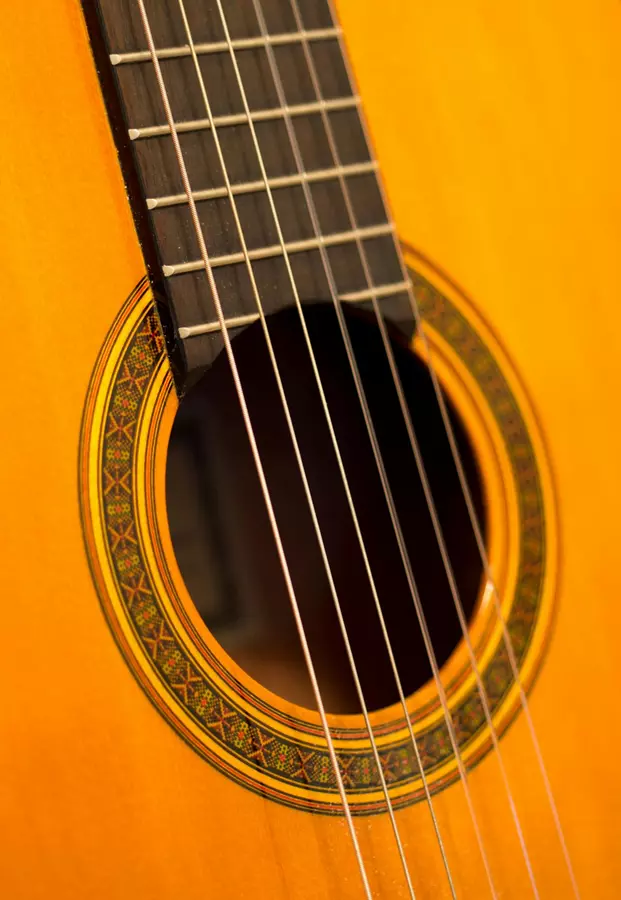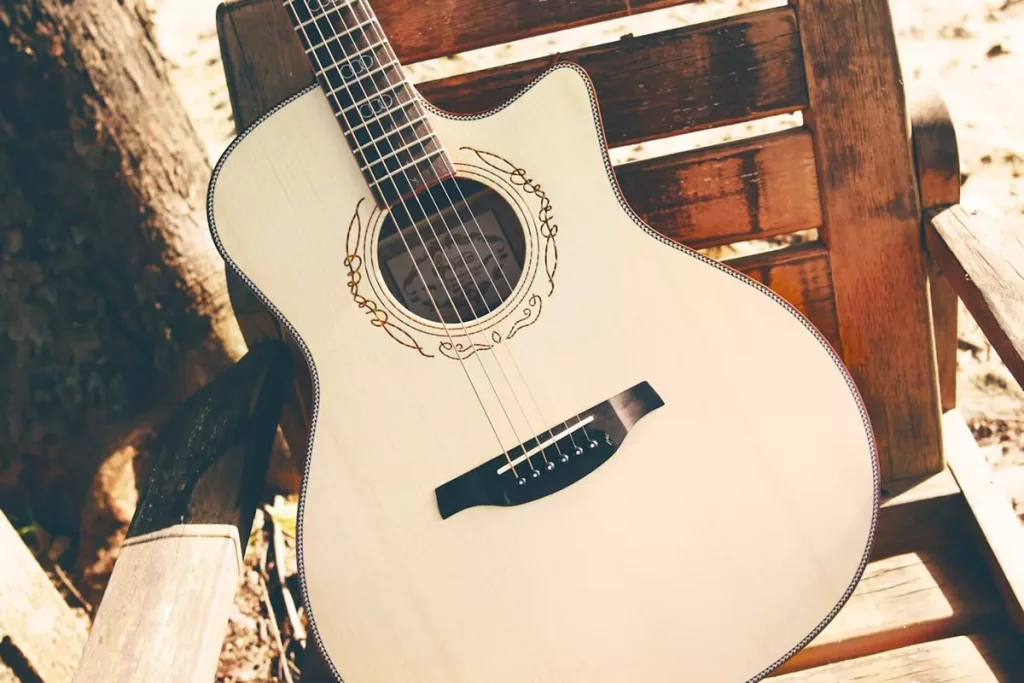
Understanding the basics of guitar maintenance
Proper guitar maintenance is essential for ensuring your instrument remains in excellent condition and performs at its best.
Regular upkeep not only prolongs the life of your guitar but also enhances its playability and sound quality. Understanding the basics of guitar maintenance can save you from costly repairs and help you enjoy a better playing experience.
The primary components of guitar maintenance include cleaning, string replacement, and adjustments to the neck and hardware. Regularly addressing these areas will keep your guitar sounding great and feeling comfortable. By incorporating a routine maintenance schedule into your practice, you can avoid common issues and keep your instrument in top shape.
In addition to basic care, it’s important to be aware of the specific needs of your guitar type. Acoustic, electric, and bass guitars each have unique maintenance requirements. Tailoring your maintenance practices to your guitar’s needs will ensure that it remains in optimal condition for years to come.
Cleaning your guitar: tools and techniques
Regular cleaning is crucial for maintaining the aesthetic and functional quality of your guitar. Start by gathering the right tools, such as a soft cloth, guitar polish, and a string cleaner. Avoid using household cleaners or abrasive materials, as they can damage the finish and components of your instrument.
To clean the body of the guitar, gently wipe it with a soft, lint-free cloth to remove dust and fingerprints. For more stubborn dirt, apply a small amount of guitar polish and buff it in a circular motion. Be cautious around electronic components and avoid getting any polish on the pickups or controls.
Don’t forget to clean the fretboard and strings. Use a string cleaner to remove grime from the strings and a special fretboard cleaner for the wood. Cleaning the fretboard helps to maintain smooth playability and prevents buildup that can affect your playing.
String replacement: when and how
Strings are one of the most frequently replaced components of a guitar. Over time, strings can become worn, corroded, or lose their tonal quality. Knowing when to replace your strings and how to do it correctly can significantly impact your guitar’s sound and playability.
A good rule of thumb is to replace your strings every 3 to 6 months, depending on how often you play. If you notice a loss of tone, difficulty staying in tune, or visible wear on the strings, it’s time for a change. Be sure to choose the right gauge and type of strings for your guitar and playing style.
To replace your strings, carefully remove the old strings and clean the fretboard if necessary. Install the new strings by threading them through the bridge, securing them on the tuning pegs, and tuning them to pitch. Stretch the strings gently and re-tune them as needed for stability.
Adjusting the neck and truss rod
The neck of your guitar
plays a crucial role in its overall playability and intonation. Over time, changes in humidity, temperature, and playing style can affect the neck’s alignment. Regular adjustments to the neck and truss rod can help maintain optimal action and prevent issues like fret buzz.
The truss rod is a metal rod running through the neck that allows you to adjust its curvature. Use a truss rod wrench to make small adjustments, turning it clockwise to reduce neck relief and counterclockwise to increase it. Make sure to check the neck’s relief with a straightedge or gauge to ensure it’s within the recommended range.
Be cautious when making adjustments to the neck, as excessive changes can cause damage. If you’re unsure about how to adjust the truss rod properly, consider seeking advice from a professional guitar technician to avoid potential issues.
Maintaining guitar hardware: tuning machines and bridges
Guitar hardware, including tuning machines, bridges, and saddles, requires regular maintenance to ensure proper functionality. Tuning machines should be checked for smooth operation and tightened if they become loose. Regular lubrication can also help to keep them functioning smoothly.
The bridge and saddles play a significant role in your guitar’s intonation and action. Check for any signs of wear or damage, and ensure that the saddles are properly aligned. For electric guitars, also inspect the tremolo system for proper adjustment and stability.
Maintaining hardware components can prevent issues such as tuning instability and poor intonation. If you notice any problems or if the hardware appears to be worn out, consider replacing or repairing it to maintain the overall performance of your guitar.

Storing your guitar: best practices
Proper storage is essential for protecting your guitar from environmental factors that can cause damage. Store your guitar in a case or on a stand in a controlled environment to prevent exposure to extreme temperatures, humidity, and direct sunlight. These factors can affect the wood and finish of your instrument.
For acoustic guitars, using a humidifier in the storage area can help maintain optimal humidity levels and prevent the wood from drying out or cracking. For electric guitars, ensure that the storage area is free from excessive moisture or heat sources.
Regularly inspect your guitar while it’s in storage to catch any potential issues early. By following proper storage practices, you can keep your guitar in excellent condition and ready for play whenever you are.
Seeking professional help: when to consult a technician
While regular maintenance can be performed by most guitarists, there are situations where professional help is recommended. If you encounter issues beyond routine care, such as complex repairs or major adjustments, consulting a guitar technician is a wise choice.
A professional technician can diagnose and address problems such as fretwork issues, electronic repairs, and intricate setup adjustments. Their expertise ensures that your guitar receives the proper care it needs to maintain optimal performance and playability.
Regular check-ups with a technician can also help to catch potential problems early, preventing more serious issues down the line. Consider scheduling periodic maintenance visits to keep your guitar in top shape and to address any concerns you may have.